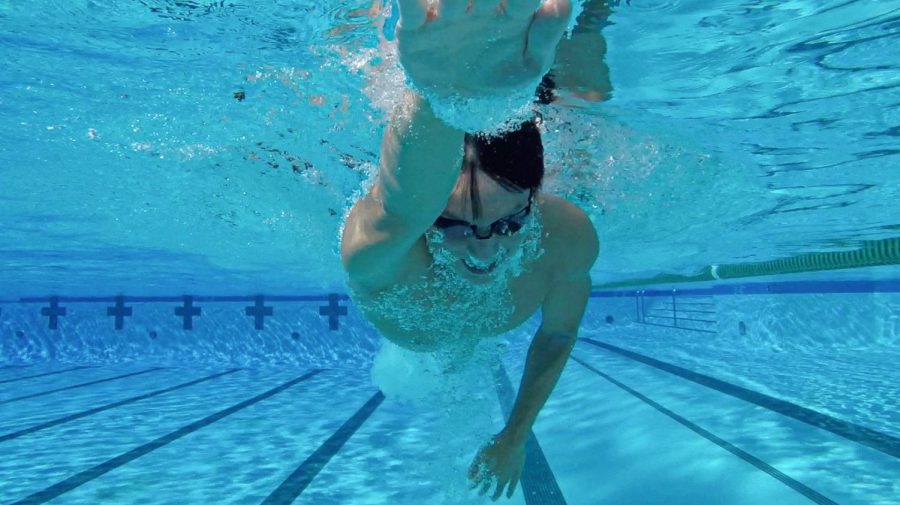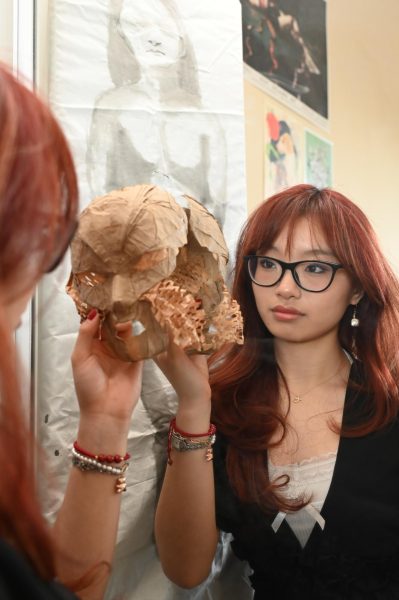
Stage lights filter through wisps of a performer’s hair mid-crescendo. A yellow-shirted sophomore suspends upside down in a spirit rally. A soccer player stretches forward, her foot barely grazing the ball before the opponent’s in this single, fractured second. With her camera, senior Alison Yang ensures everything before her eyes moves in tandem to capture more than just a moment: she tells the subject’s story, and her own.
Given her four years in Harker Journalism and lifelong artistic career, Alison’s ease with a camera surprises few. But what remains perhaps most striking about her images is not their technical caliber, but their dedication to capturing the vibrant, personal energies of people and events on campus. As Editor-in-Chief of Harker Aquila this past school year, she points to her role as a continuation of a legacy she has long admired from afar — the responsibility to document not only our community but also how it looks through her eyes.
“You can go on Aquila and you can find stuff from people who graduated before I even joined Harker,” Alison said. ”Having these glimpses into what these writers were interested in or what their journey through the publication looked like, and journalism being this archival place not just for the history of the school and the communities we engage in, but also for the literal staff, has always deeply appealed to me.”
Throughout her tenure in journalism, Alison has also served as an Arts & Entertainment Section Editor, covering events from the Conservatory at Harker. Her most impactful articles, however, lack her byline; she frequently contributes to editorial opinions, challenging our community to adopt her piercing eye for themselves. Director of Journalism Whitney Huang celebrated Alison’s mature touch when navigating controversial topics.
“Alison has an interesting way of creating a sense of glue,” Huang said. “Journalism has this really important job to voice the concerns of our community, and Alison’s able to do so in a way that doesn’t necessarily hurt or harm anyone, yet it does raise awareness about these potentially sensitive topics that we’re discussing.”
Alison exhibits this scrutiny for the world around her in more than just her journalistic work; in her long career as an artist, she turns this lens on herself, wading through complex thoughts and emotions and often arriving at imperfect, unfinished conclusions. She appreciates the physicality of her sculptural and multimedia art, as it contrasts with the abstract themes she tackles.
“Being actually able to hold my project and have this tangible representation of not just my effort but also the concept that I put into it, was when it really clicked for me,” Alison said. “The way I was raised is that communication and language often fall short. But even in those moments, the tangible things that we provide for each other shine through. So that’s what I’ve always been attracted to in art: being able to externalize something that originated within me, into something I produced.”
Much as her art compels her to concretize her emotions, Alison openly acknowledges the emotional journey she has undergone throughout high school. Even if challenges are difficult to accept at times, she has learned to reconcile with them openly rather than with shame, embracing her shortcomings and, along the way, herself.
“She used to be a lot more afraid to share things,” close friend senior Tiana Salvi said. “She’s become a lot more open about her problems, and I think it’s also helped her solve them. She’s worked on herself a lot more, and you see that in her attitude. She’s a lot more comfortable being herself.”
Alison points to her art as one of the greatest influences in this evolution. In her materials, she sees herself; both carry complicated histories, and both fates rest in her hands. She can treat both with the same care and view them with the same potential as anything else.
“Art has taught me to be a person with more hope,” Alison said. “With found materials, you have to make peace with the fact that these things have already lived a life and acknowledge it, instead of trying to cover it up. As an artist, that’s helped me become more creative. In terms of being a person, it’s helped me become more forgiving. It feels weird to say, ‘The banana peels taught me about hope,’ but even after the bananas are rotting and molding, if in my art I can find a way for them to be beautiful or communicate something, why can’t I as a person?”
Although Alison learned with time to apply this intrinsic hope to herself, she has long held it for others without realizing. As close friend senior Chiling Han attests, various communities and people on campus turn to Alison in moments of difficulty, knowing that she will never rebuke their flaws but rather encourage them to embrace imperfection, and usually with a lighthearted comment or two.
“When we’re together, it’s normally like a negative and a negative becomes a positive, but somehow, we become even more of a negative,” Chiling said. “But at the same time we’re able to have those really deep conversations. I always feel like I can talk to her about anything, because she doesn’t judge me.”
As she approaches the end of high school and looks to the uncertainty of the years to come, Alison strives to consider her future without fear. Rather than suppressing emotions she does not yet understand, as she may have done in the past, she acknowledges the singularity of each moment in her journey. Now, she aims to enjoy — and document — the ride.
“When I was younger, I wasn’t aware of how things don’t ever really end,” Alison said. “As I’ve gotten older and things from my past have come with me, art is something I’ve reclaimed. Art is now at a place with me where it doesn’t necessarily have to be a polished version of, ‘These are my thoughts on the world,’ but it can just be the fact that this did happen, and I did think about it. It’s more a marker of how I, as a person, have evolved.”

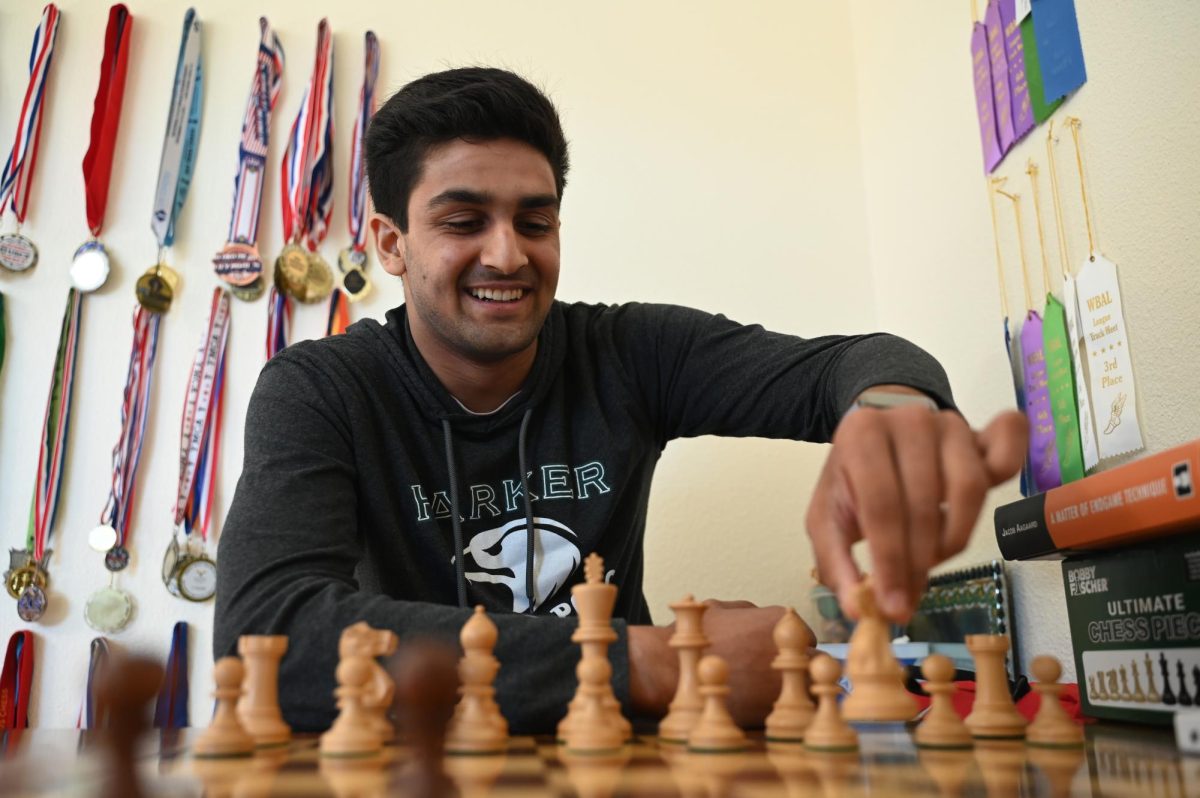
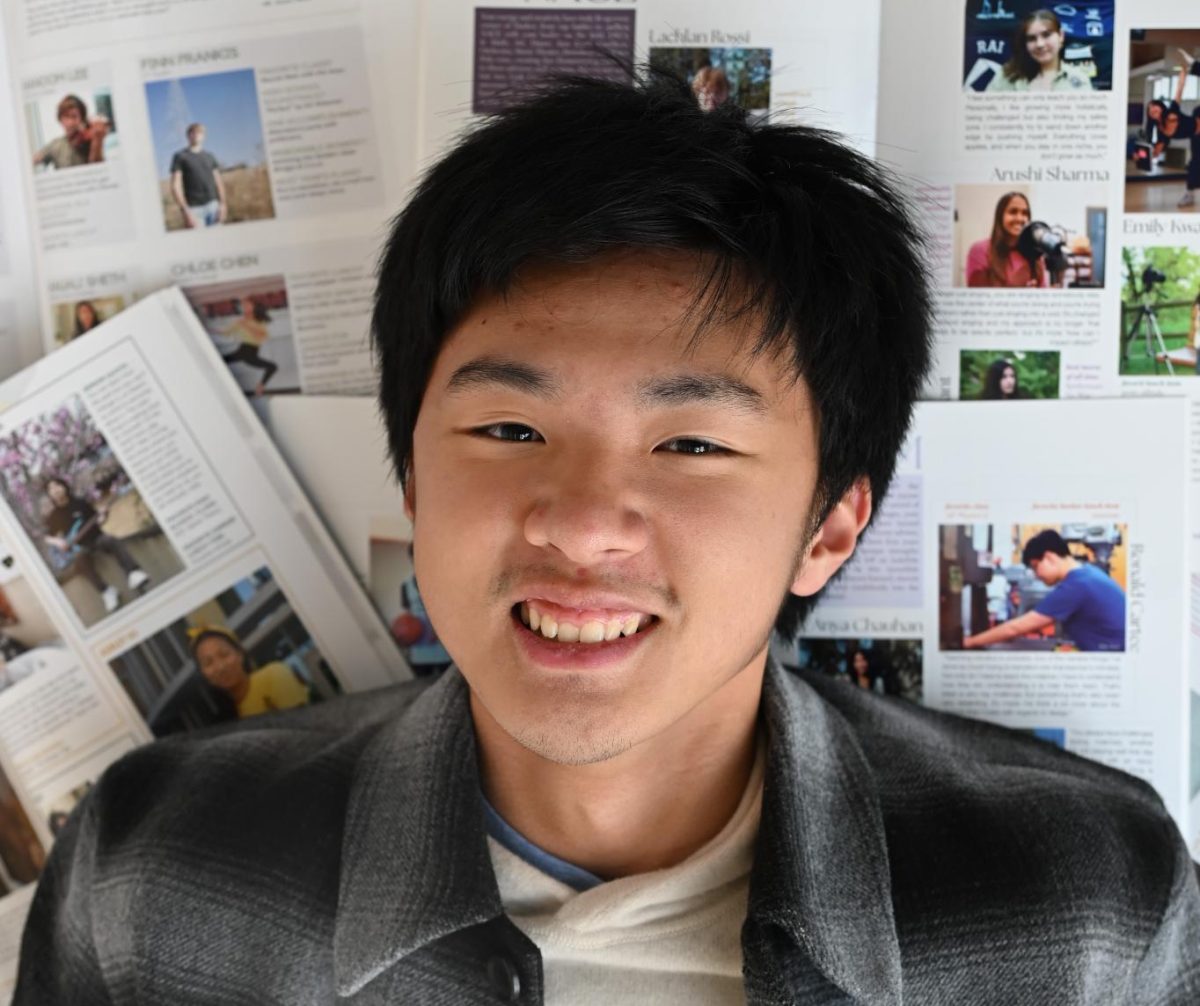
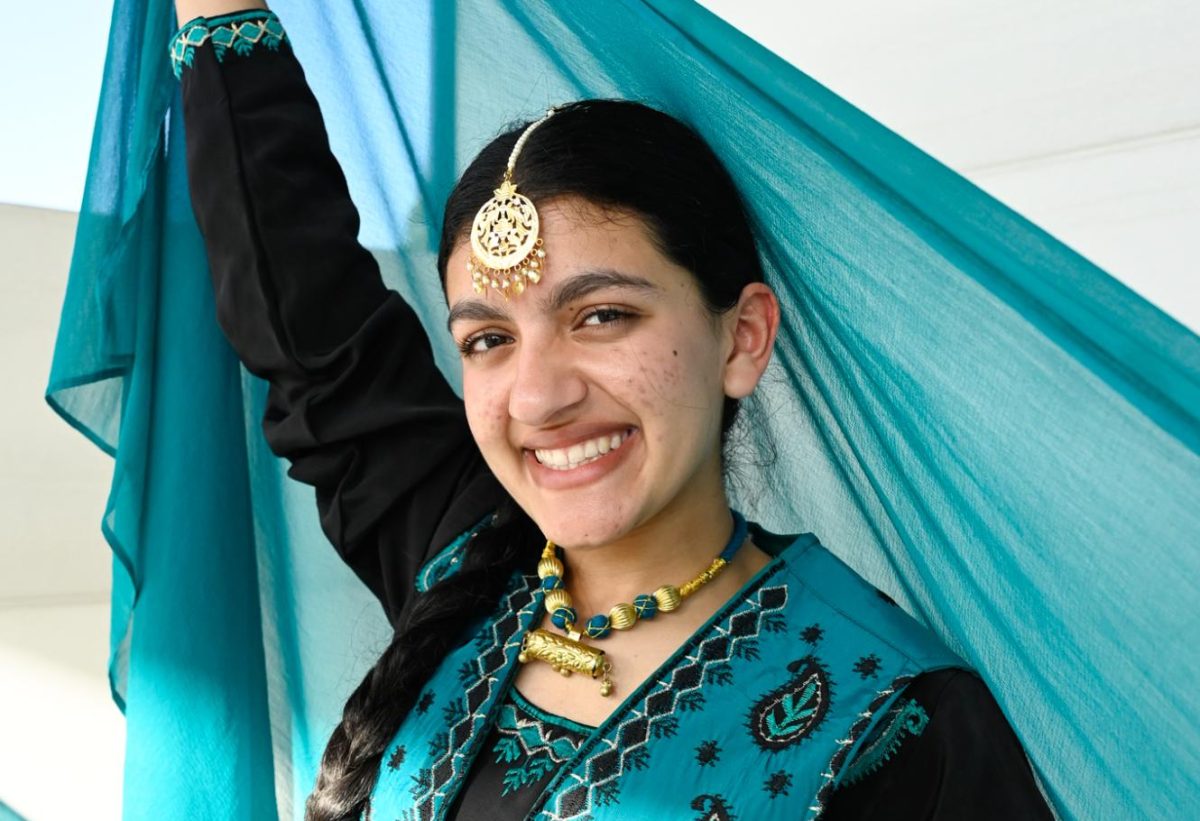
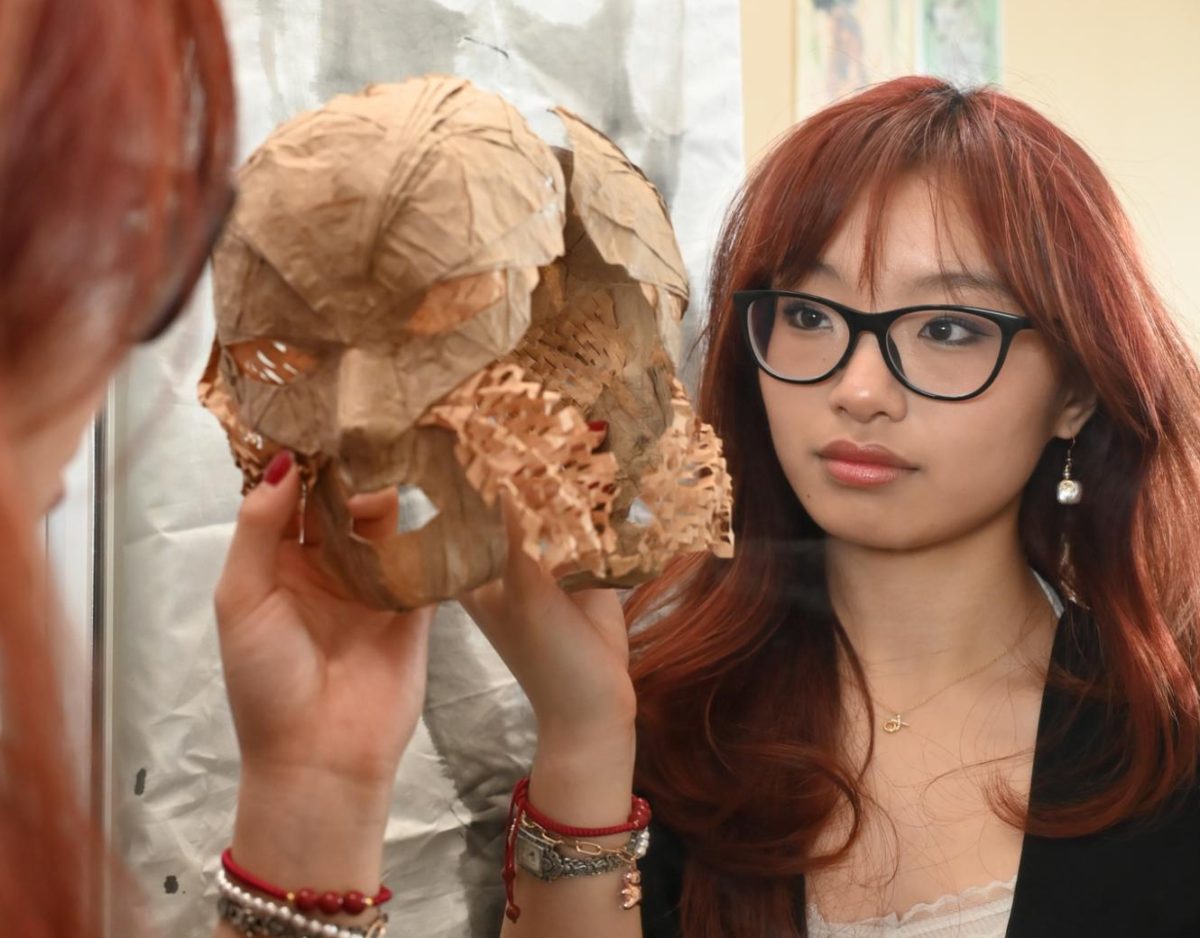
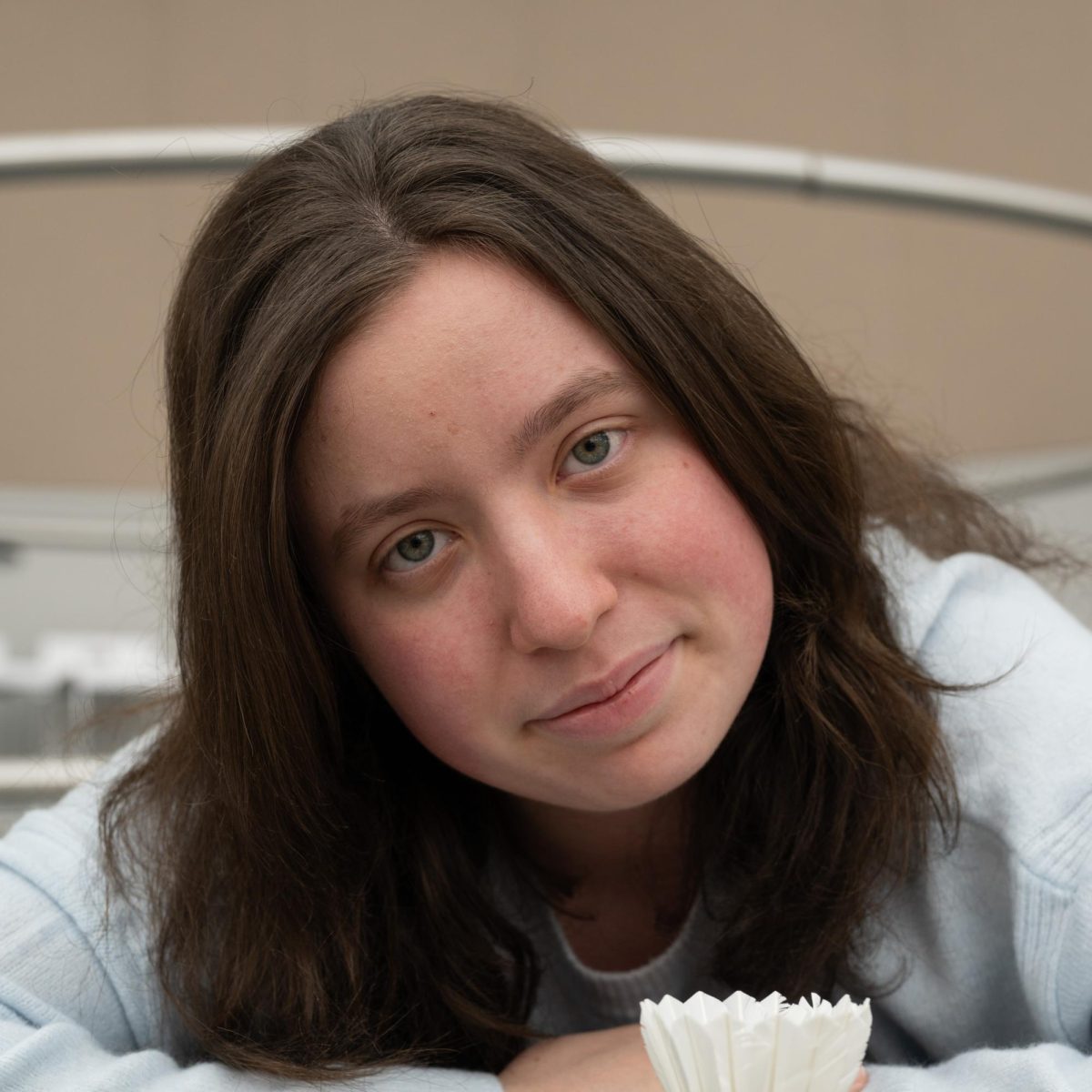
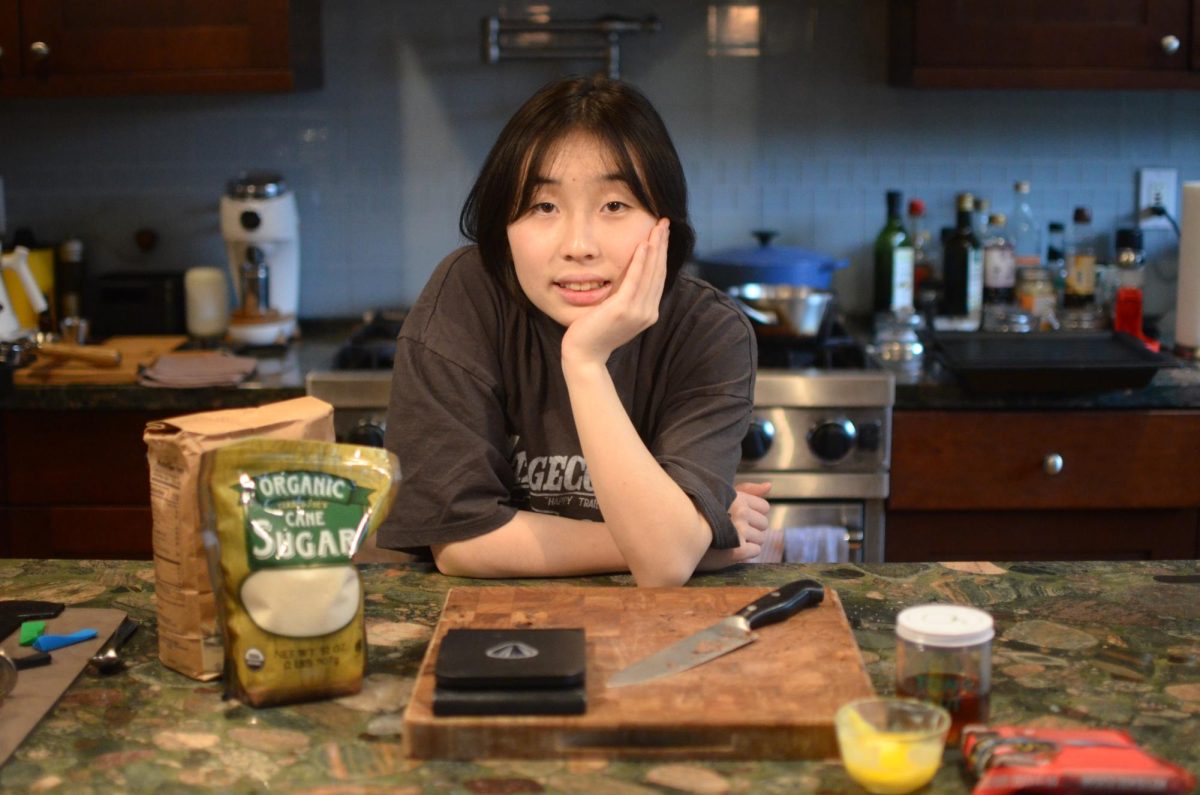
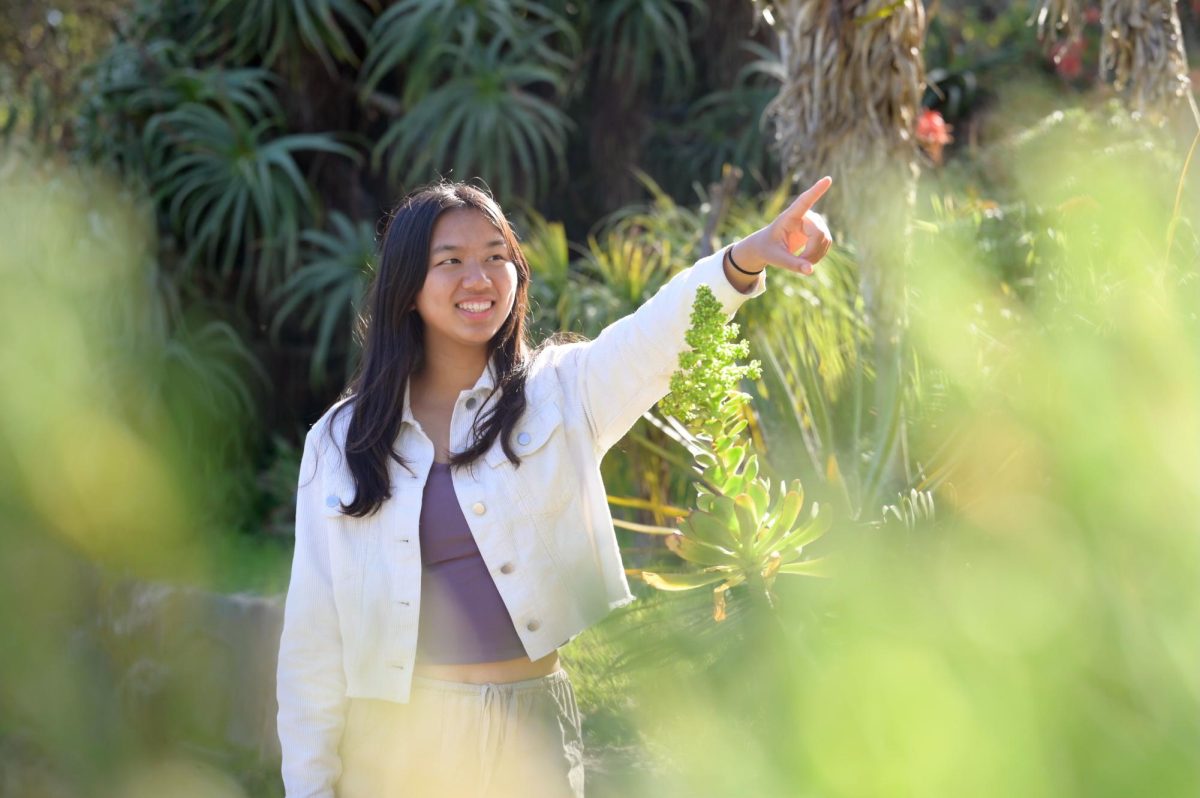
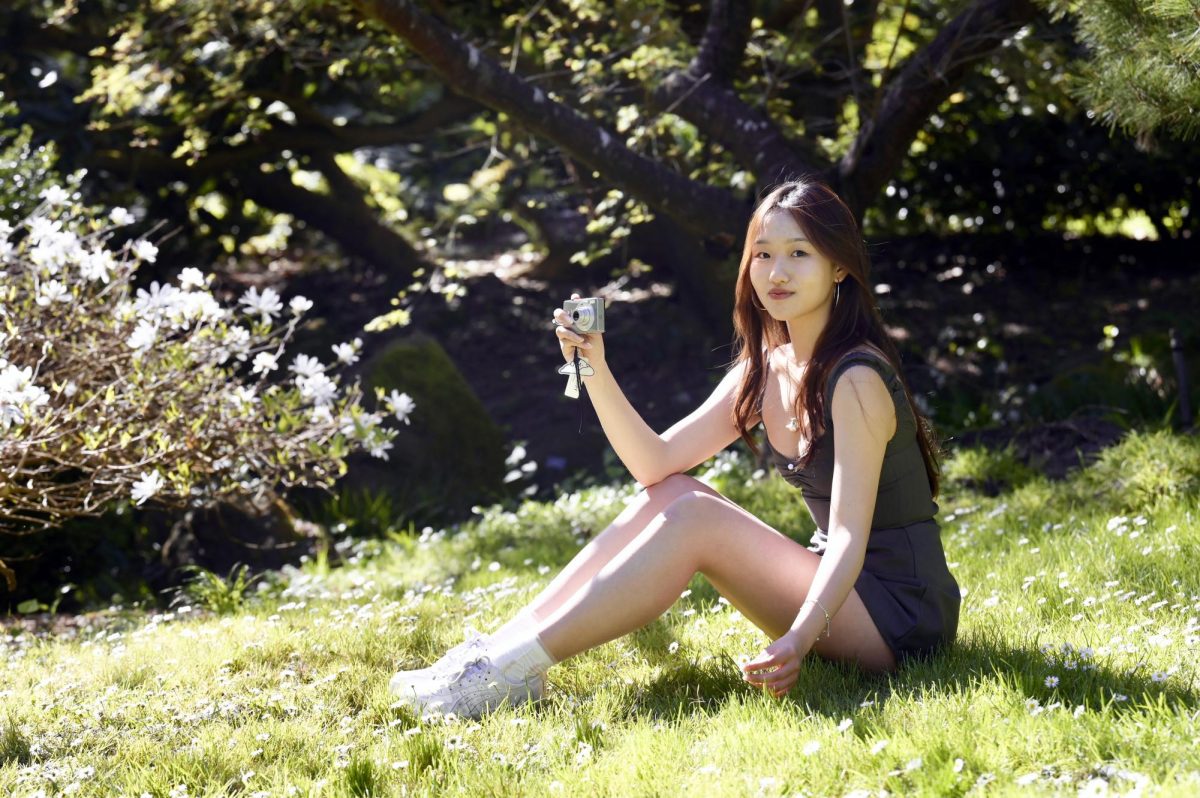

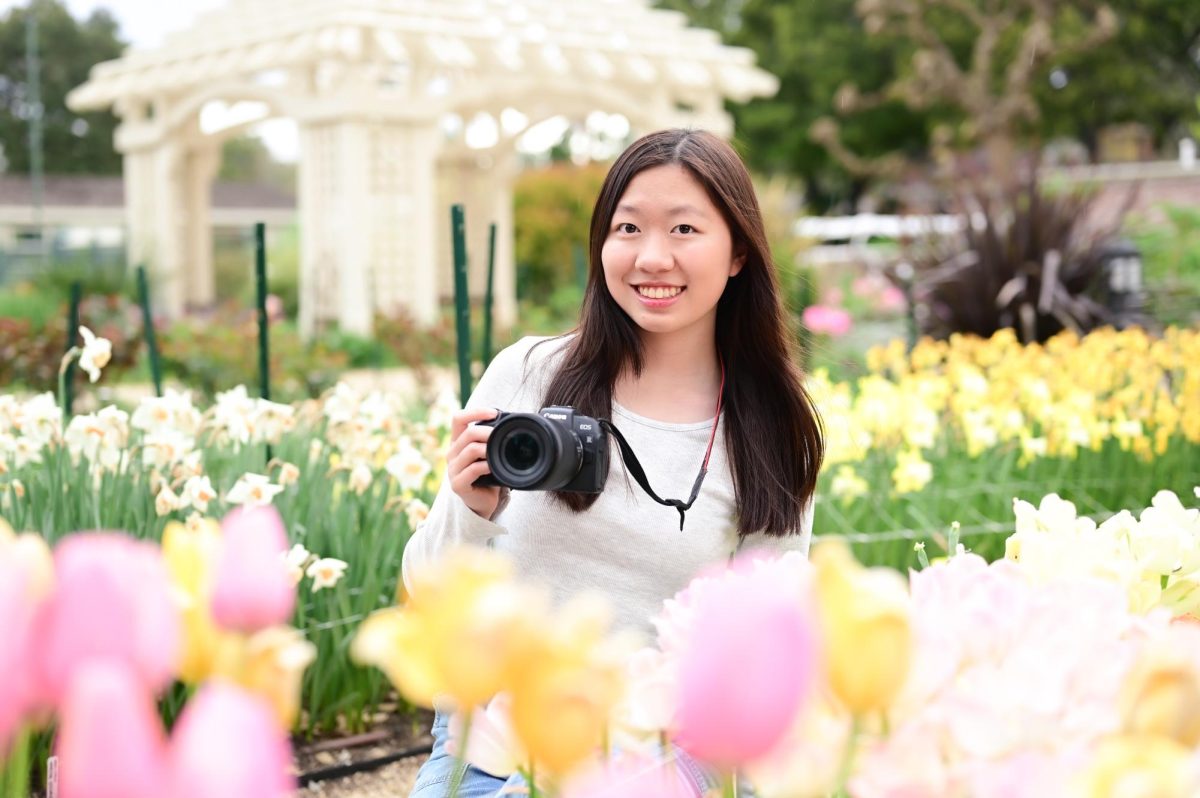

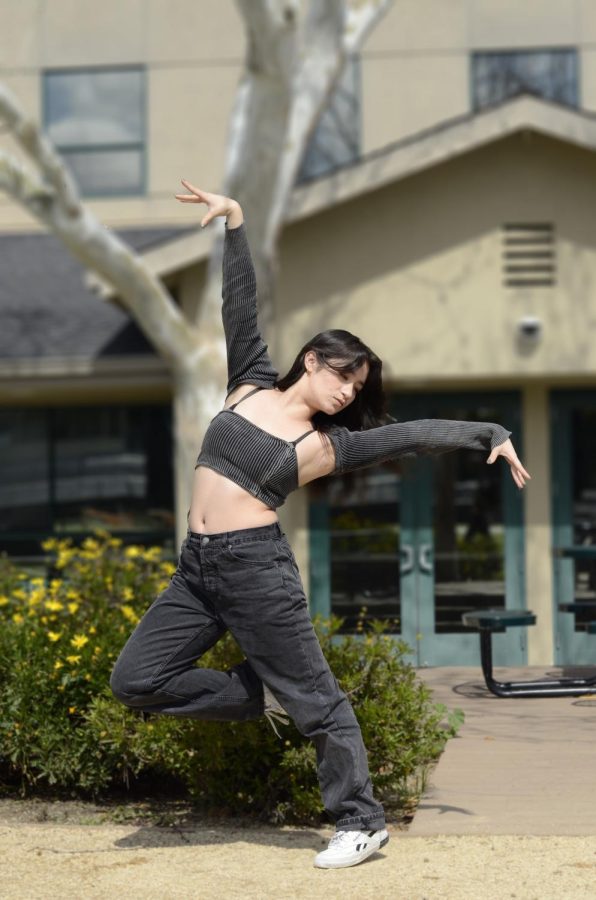
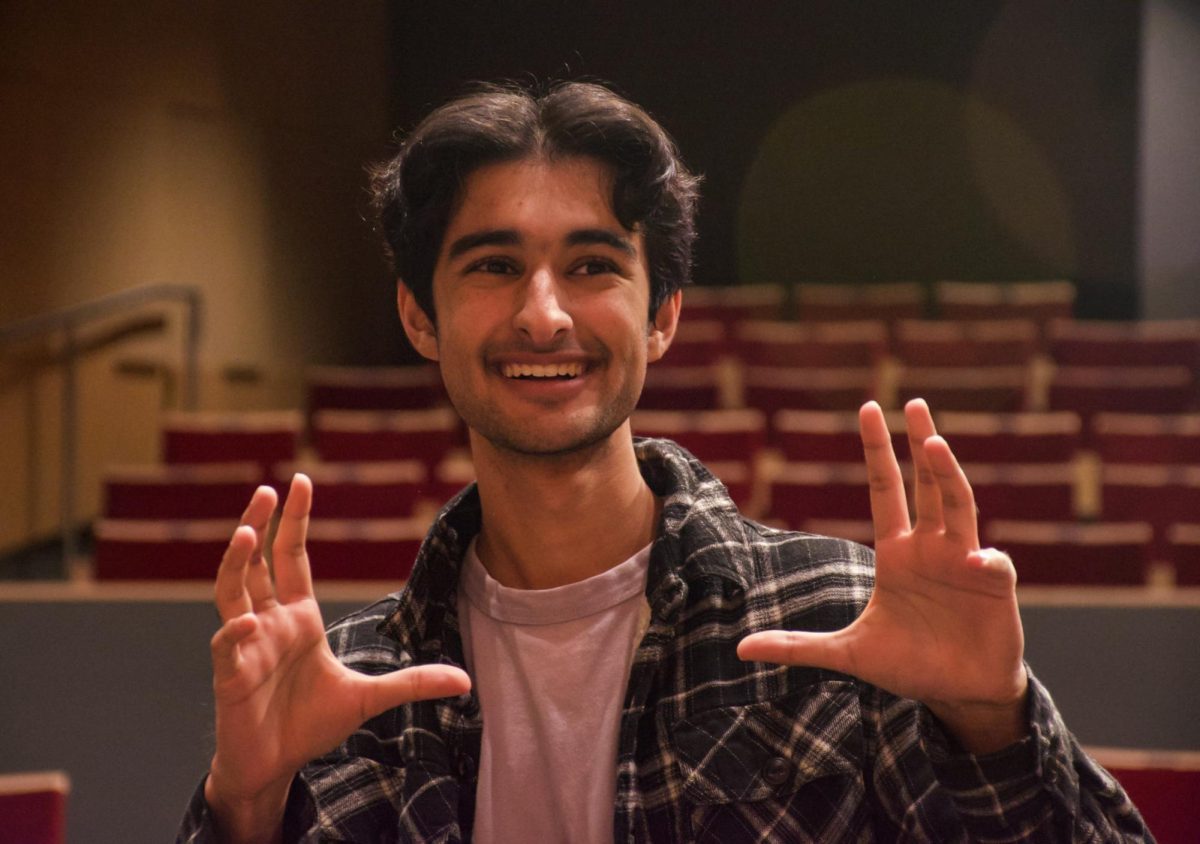
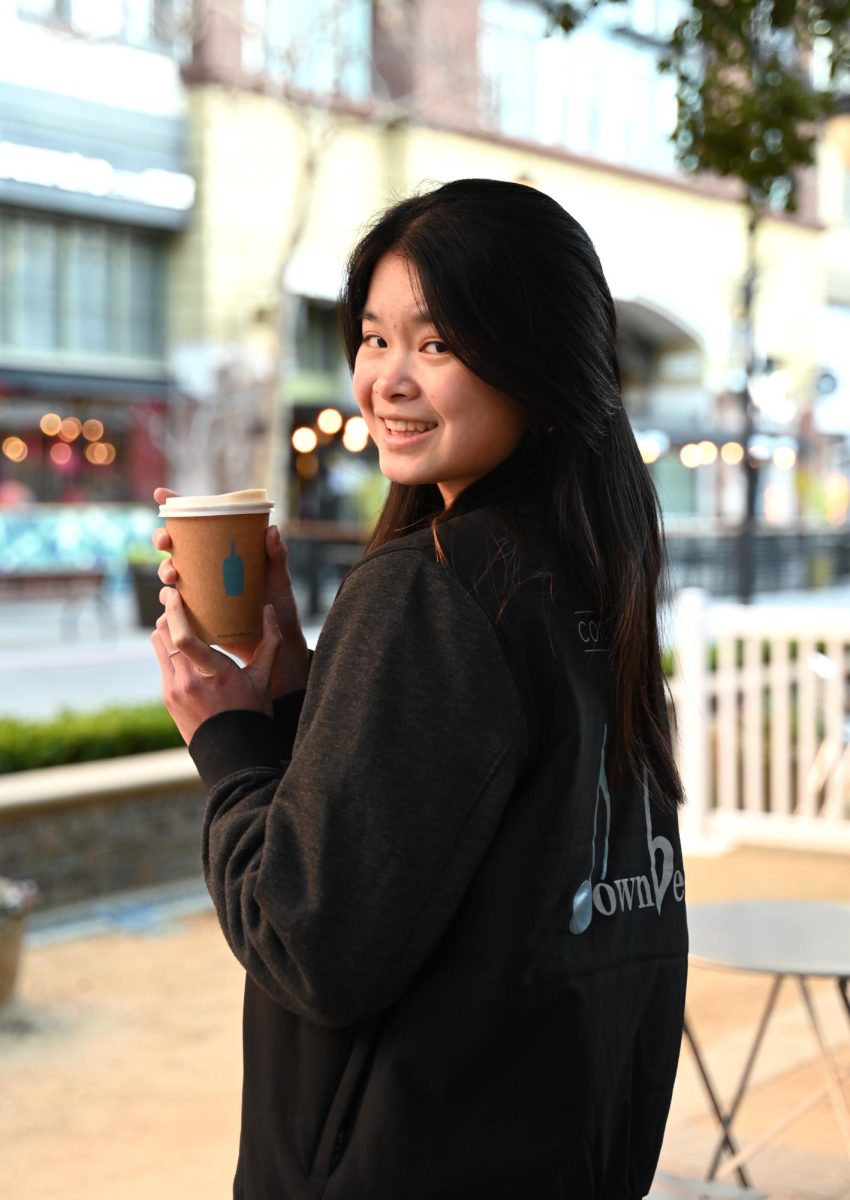
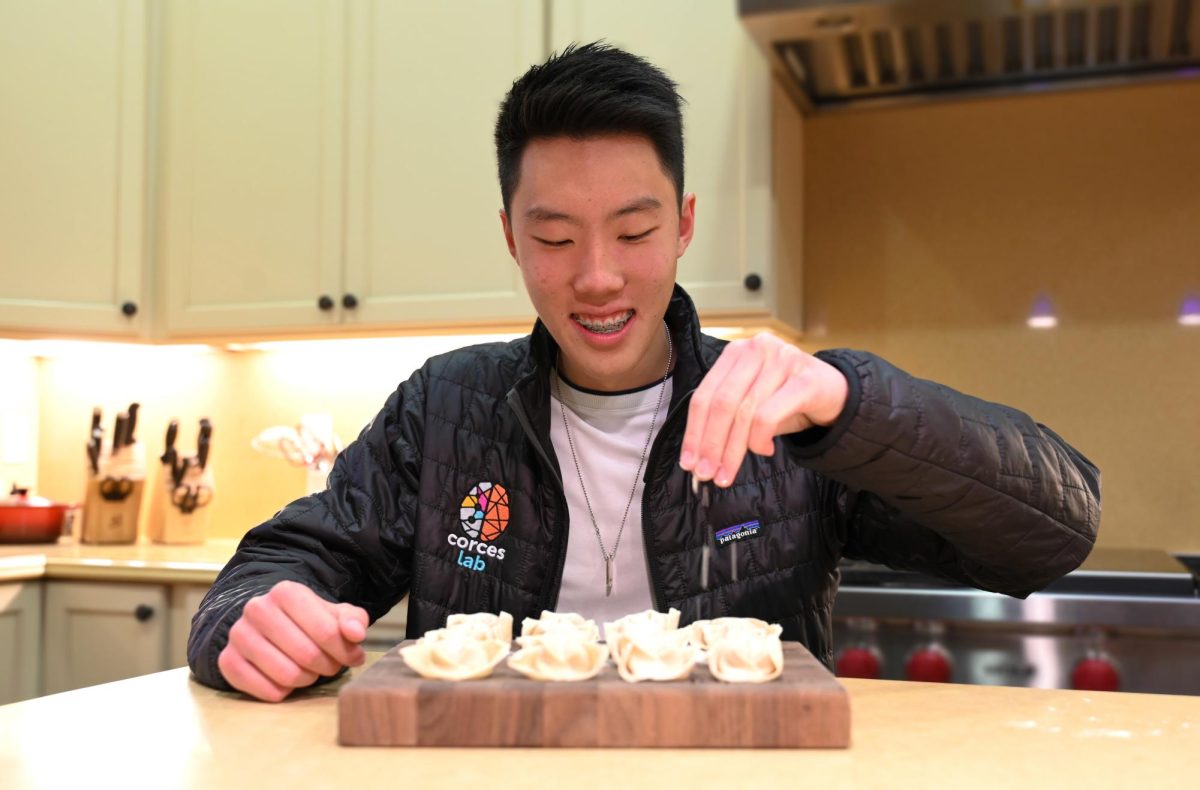


![“[Building nerf blasters] became this outlet of creativity for me that hasn't been matched by anything else. The process [of] making a build complete to your desire is such a painstakingly difficult process, but I've had to learn from [the skills needed from] soldering to proper painting. There's so many different options for everything, if you think about it, it exists. The best part is [that] if it doesn't exist, you can build it yourself," Ishaan Parate said.](https://harkeraquila.com/wp-content/uploads/2022/08/DSC_8149-900x604.jpg)


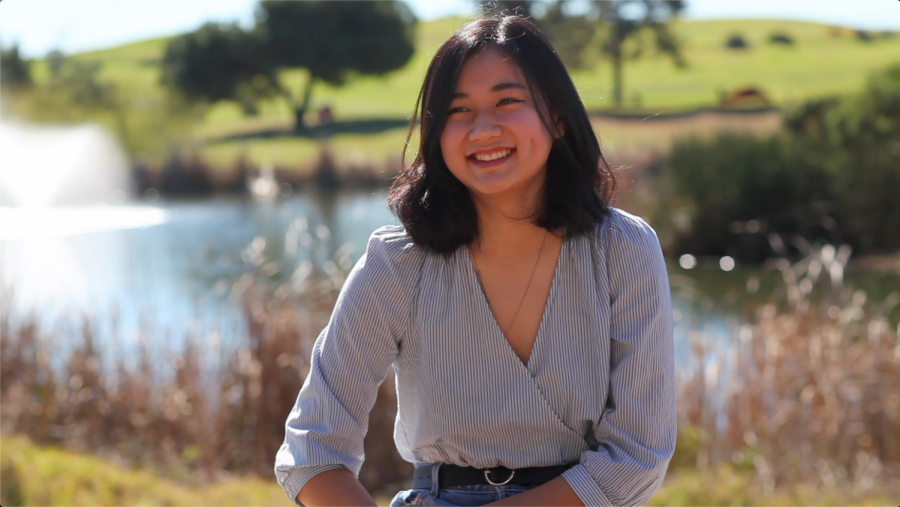
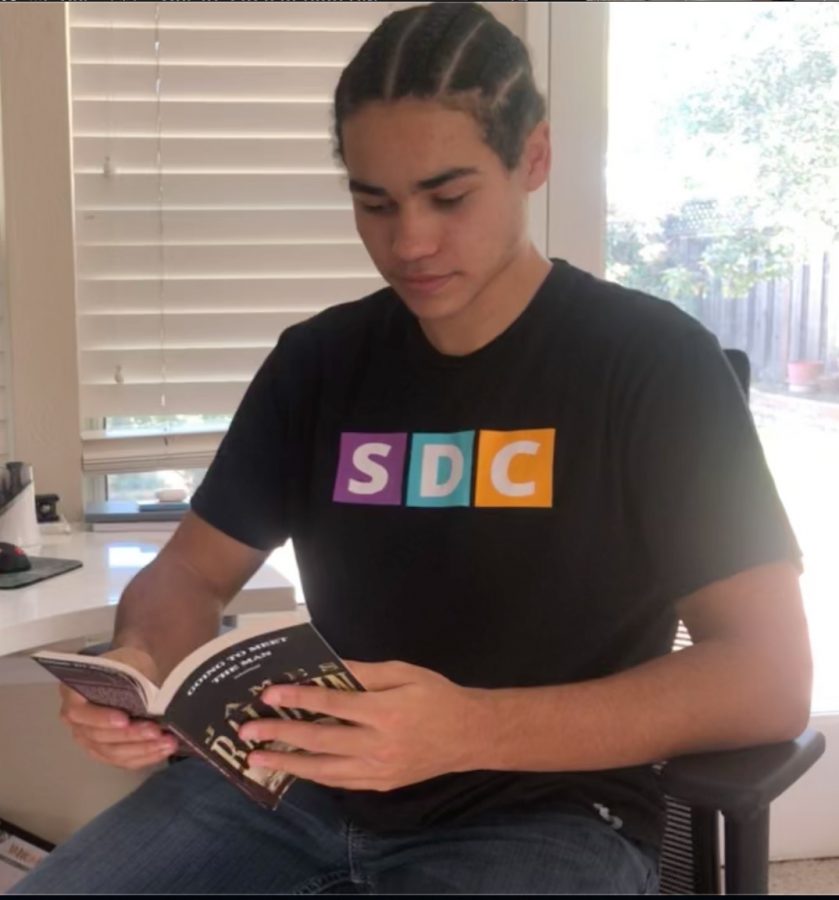
![“When I came into high school, I was ready to be a follower. But DECA was a game changer for me. It helped me overcome my fear of public speaking, and it's played such a major role in who I've become today. To be able to successfully lead a chapter of 150 students, an officer team and be one of the upperclassmen I once really admired is something I'm [really] proud of,” Anvitha Tummala ('21) said.](https://harkeraquila.com/wp-content/uploads/2021/07/Screen-Shot-2021-07-25-at-9.50.05-AM-900x594.png)
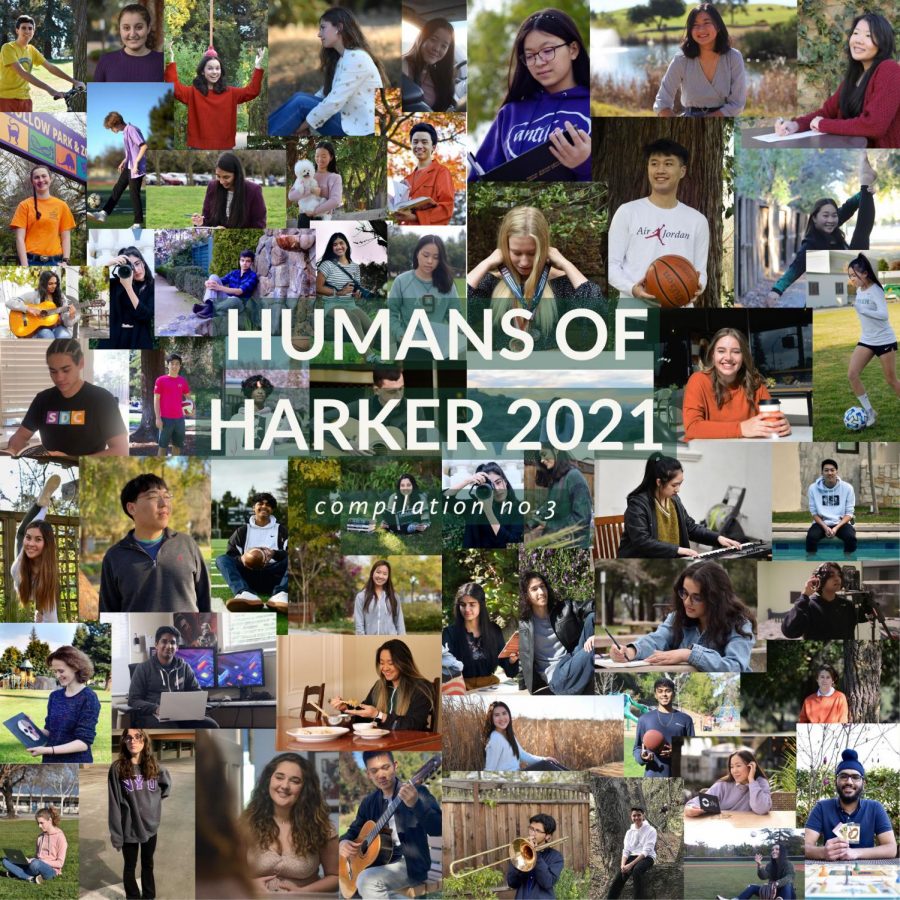

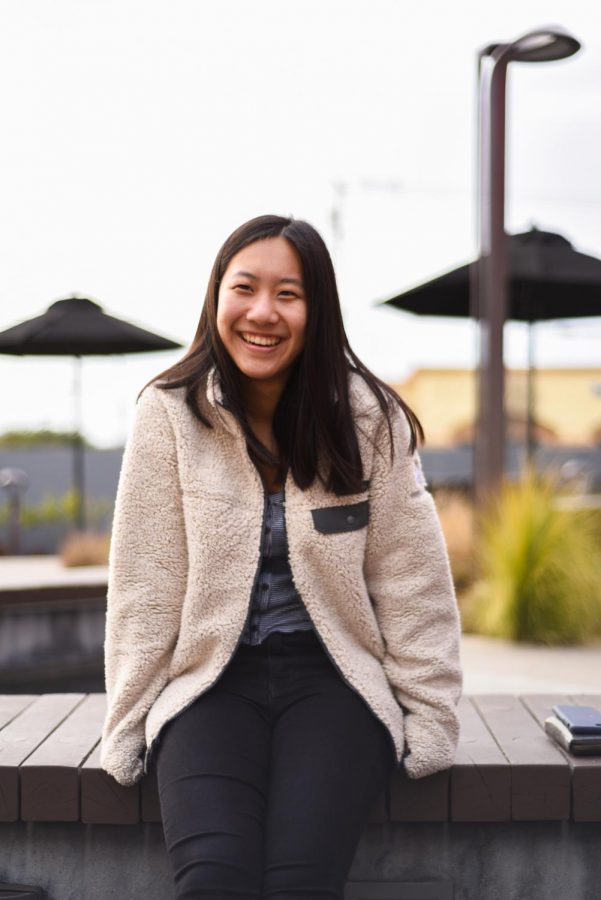

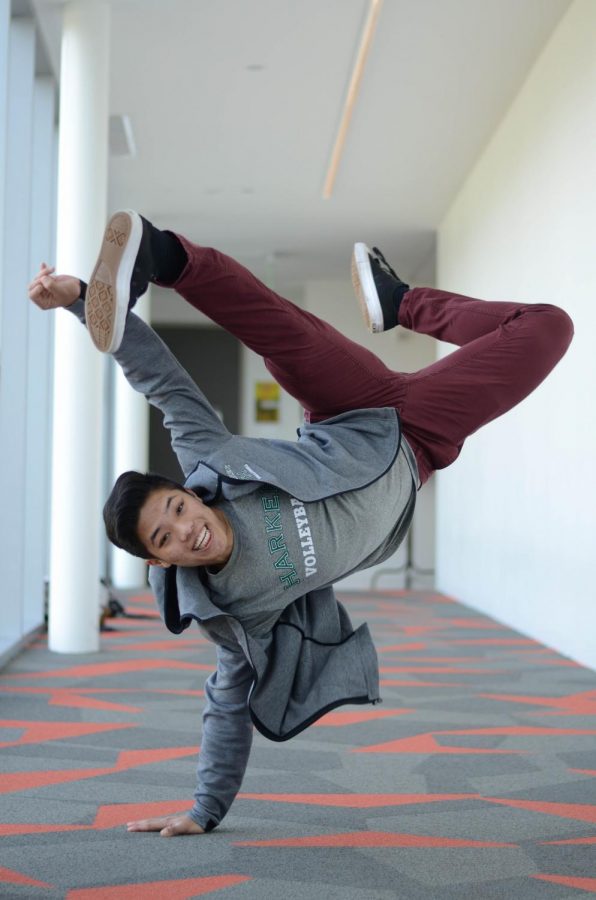
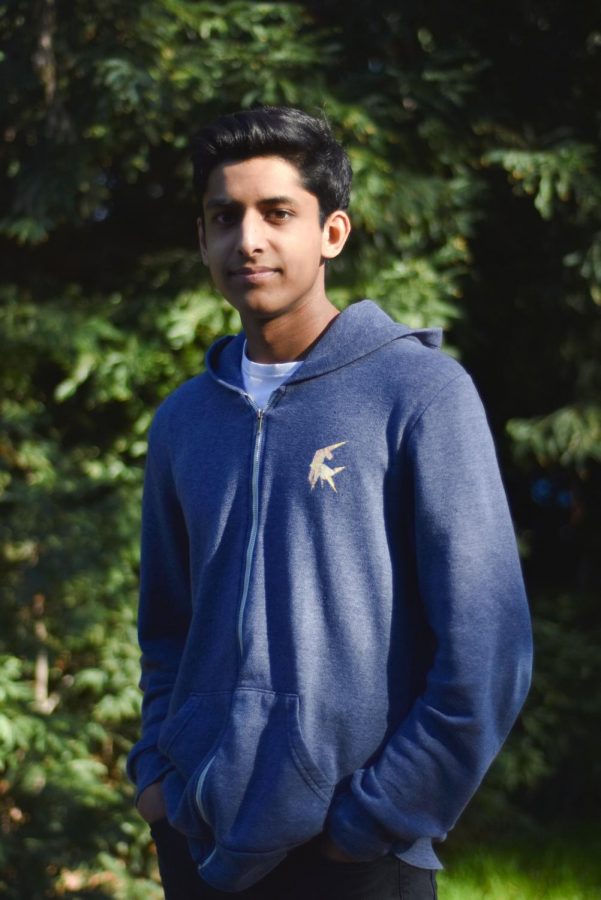

![“I think getting up in the morning and having a sense of purpose [is exciting]. I think without a certain amount of drive, life is kind of obsolete and mundane, and I think having that every single day is what makes each day unique and kind of makes life exciting,” Neymika Jain (12) said.](https://harkeraquila.com/wp-content/uploads/2017/06/Screen-Shot-2017-06-03-at-4.54.16-PM.png)
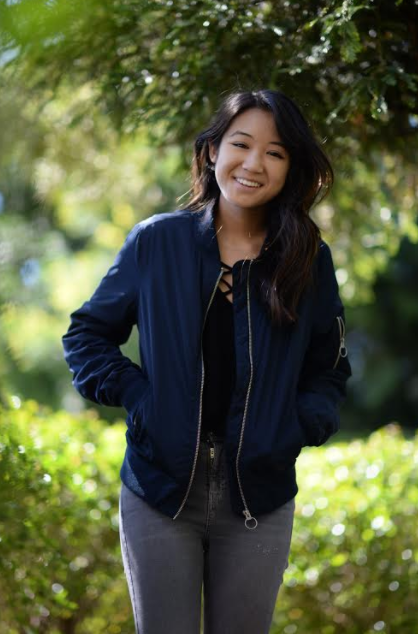
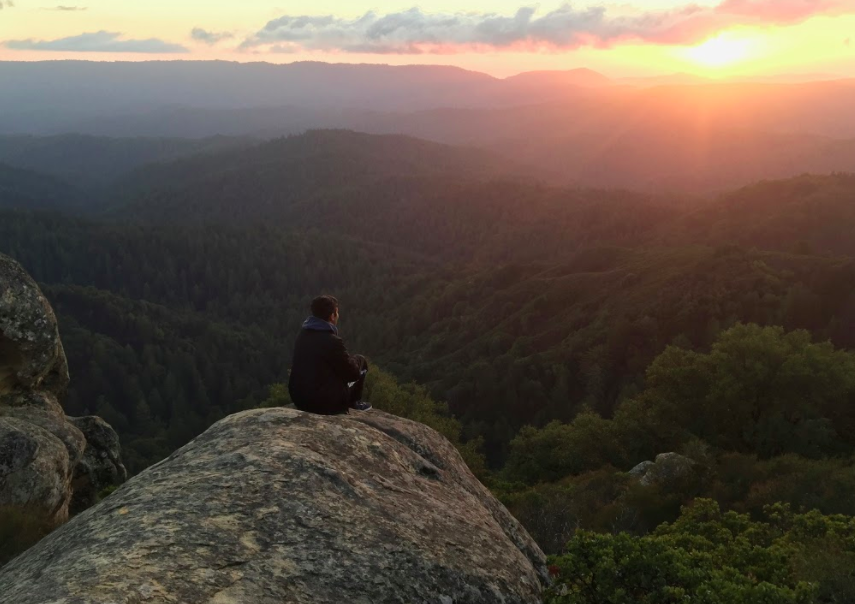

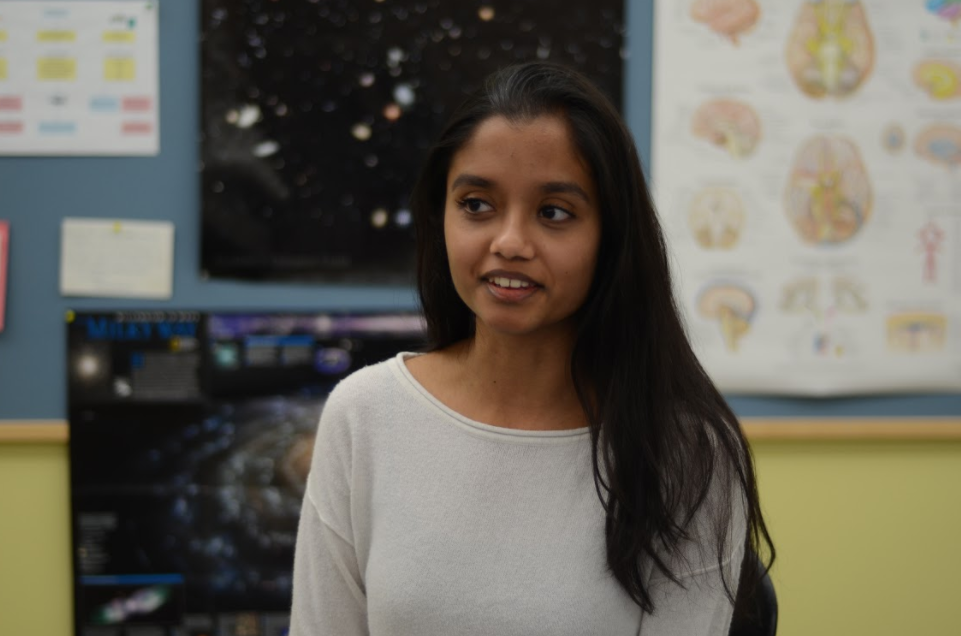
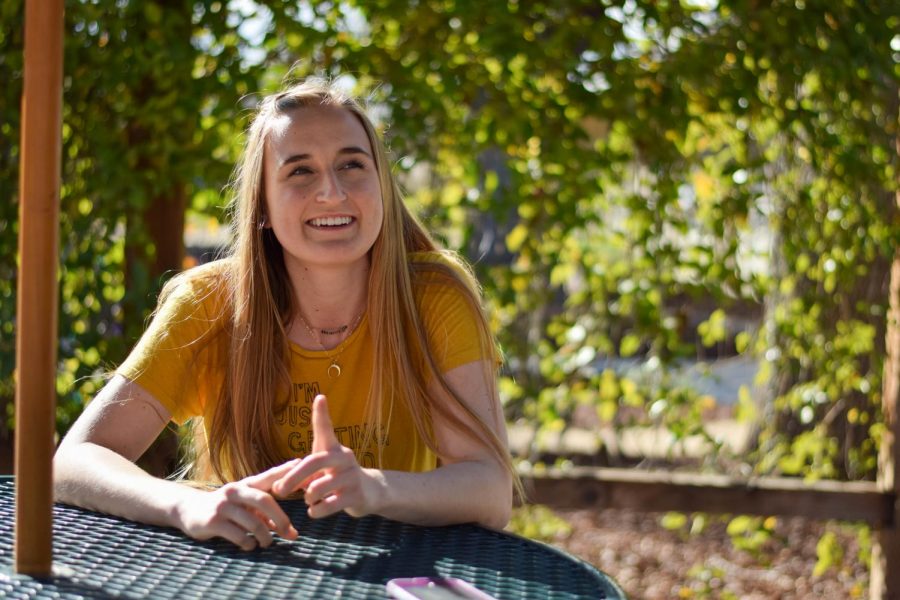
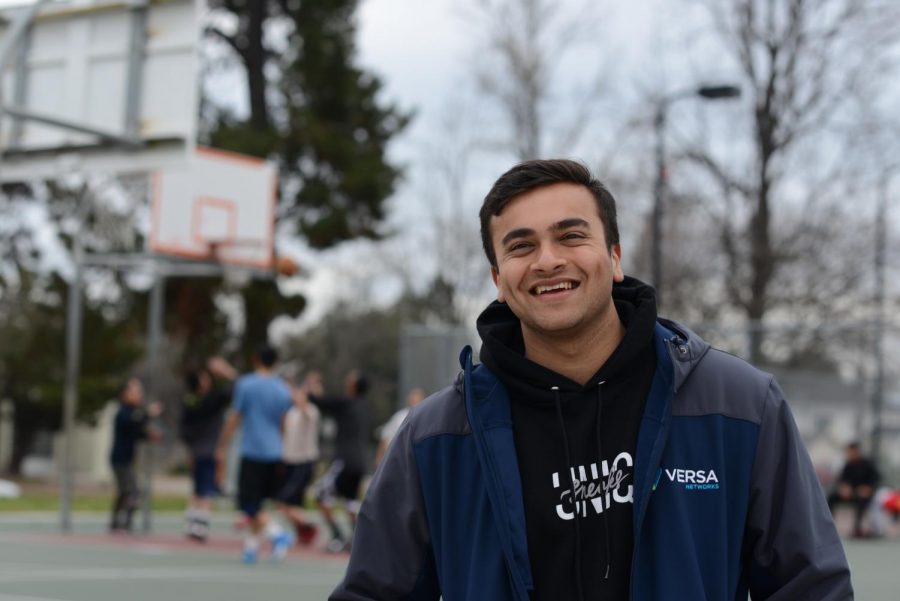
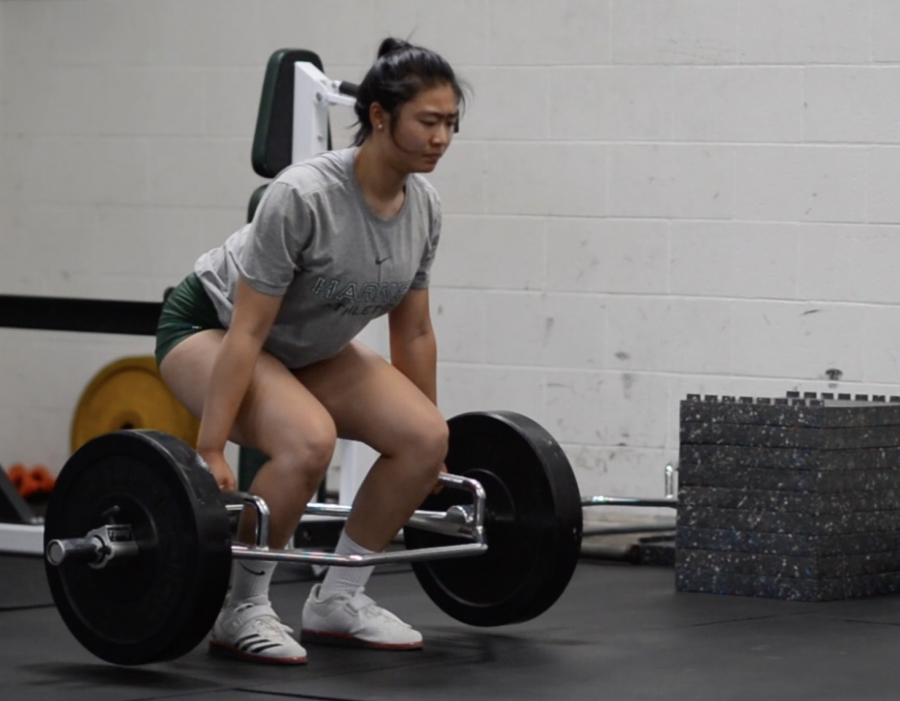

![“My slogan is ‘slow feet, don’t eat, and I’m hungry.’ You need to run fast to get where you are–you aren't going to get those championships if you aren't fast,” Angel Cervantes (12) said. “I want to do well in school on my tests and in track and win championships for my team. I live by that, [and] I can do that anywhere: in the classroom or on the field.”](https://harkeraquila.com/wp-content/uploads/2018/06/DSC5146-900x601.jpg)
![“[Volleyball has] taught me how to fall correctly, and another thing it taught is that you don’t have to be the best at something to be good at it. If you just hit the ball in a smart way, then it still scores points and you’re good at it. You could be a background player and still make a much bigger impact on the team than you would think,” Anya Gert (’20) said.](https://harkeraquila.com/wp-content/uploads/2020/06/AnnaGert_JinTuan_HoHPhotoEdited-600x900.jpeg)

![“I'm not nearly there yet, but [my confidence has] definitely been getting better since I was pretty shy and timid coming into Harker my freshman year. I know that there's a lot of people that are really confident in what they do, and I really admire them. Everyone's so driven and that has really pushed me to kind of try to find my own place in high school and be more confident,” Alyssa Huang (’20) said.](https://harkeraquila.com/wp-content/uploads/2020/06/AlyssaHuang_EmilyChen_HoHPhoto-900x749.jpeg)
